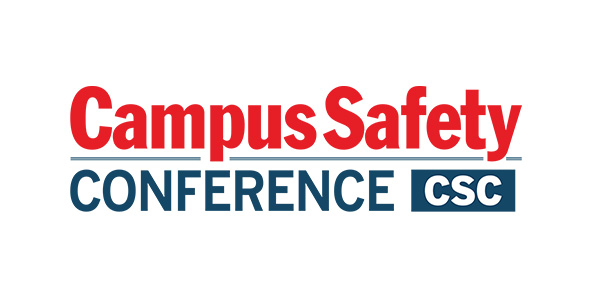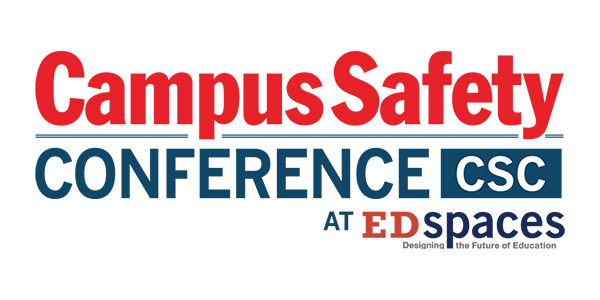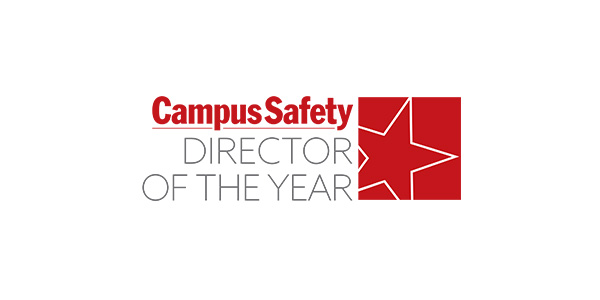The role and scope of campus security and public safety departments vary widely depending on the nature of the institution and the resources available. However, the recent tragic assassination of Charlie Kirk has reignited debate over whether colleges and universities should establish dedicated dignitary protection teams for visiting high-profile individuals or even at-risk university executives.
While the idea may appear logical at first glance, it raises significant operational and legal concerns. We would like to offer our reasons for why campus security/public safety departments should not have dedicated dignitary protection teams. Our opinion is based on our many years of experience in global executive and dignitary protection, corporate security and higher education.
Related Content: Executive Protection and Workplace Violence: Identifying and Preventing Incidents
We will provide compelling reasons why the various iterations of campus security and public safety do not have the highly specialized background and training, budget and capabilities, operational structure, or legal coverage to perform the dignitary protection function.
Dignitary Protection Requires Extensive Training and Resources
Dignitary protection is an extremely specific profession designed around the protection of individual high-profile people or corporate leaders, based on targeted threat levels. It requires specialized and ongoing training, extensive resources, and experienced teams.
Even with the unlimited resources of the U.S. Secret Service, the level of workforce, training, and coordination required is immense. Expecting campuses to replicate that is neither realistic nor sustainable.
Executive protection is not a nine-to-five responsibility. It is a full-time operation that potentially extends to intelligence collection and analysis, residential security, travel coordination, monitoring of cyber-related threats and more. Anything less is incomplete.
Related Article: Campus Safety at EDspaces Conference Tackles Controversial Speaker Security
Technology and capabilities such as drones or advanced surveillance may seem like a practical, straight forward capability, but procurement is only the starting point. True capability lies in training operators, maintaining readiness, redundancy, legal compliance, and ensuring proficiency under pressure.
Without that, technology remains nothing more than hardware. Consequently, operating a university-run Dignitary Protection program demands significant resources and time while offering limited measurable returns.
Operational Structure and Cultural Differences Can Create Friction
Dignitary Protection operates as an integrated yet distinct branch within the organization. It aligns closely with corporate priorities, risk management, and leadership objectives, but functions with its own specialized culture, structure, and decision-making process.
While it supports the broader mission of the organization, it requires autonomy to act quickly and decisively in dynamic environments where safety, confidentiality, and time-sensitive judgment are critical. Its culture is built on discretion, trust, and readiness, values that may differ from typical higher education tempos.
In addition, colleges and universities are optimistic by nature, with a focus on positive transformation in people’s lives. The strategy and outlook of dignitary protection is inherently different, resulting in a built-in friction between two opposing philosophies.
Legal and Insurance Risks Present Significant Challenges
Private executive protection details are mostly an uncharted legal field. Unlike government details, authority, jurisdiction, and standards of operation are legally debatable and open to interpretation.
Consider that any error of a protective detail can become a legal and public relations catastrophe due to the intelligence gathering, operational risk assessment implications, and the leverage of authority of agents in the field.
Related Article: NYPD Warning: Murder of UnitedHealthcare CEO Could Inspire More Attacks on Executives
Another consideration under this topic is the ability to insure protective details for extreme instances. It is vital to take into account that humans react in unpredictable ways under extreme circumstances (fight, flight, or freeze) and that insurance must take into account any of these contingencies.
Any senior university executive contemplating oversight of a campus run dignitary or executive protection operation, should ask three fundamental questions:
- Do I trust a university employee to discharge a firearm in a crowd of panicked students?
- Can I legally, ethically, and reasonably justify any error made in that environment?
- Is this a risk I am prepared to accept — or is there a qualified external organization to which that risk can be delegated and can achieve similar or better results?
Law Enforcement Partnerships Provide Superior Solutions
When these operational, legal, and reputational questions are considered alongside the factors previously discussed, it is our assessment that university security/public safety departments should not serve as the primary provider of dignitary protection, either on or off campus, for visiting dignitaries or university top executives.
Local police and sheriff’s offices maintain the specialized capabilities and organizational structures necessary for such missions — including intelligence collection, SWAT and explosive-ordnance personnel, K-9 teams, trained precision marksmen and counter-marksmen, drone operators, and established incident-command systems. Establishing a formal partnership in which the university plays a limited supporting role to specialized law enforcement is both professionally superior and materially less risky for the institution.
Professional Executive Protection Standards Require Complete Execution
In corporate and dignitary protection, there is no room for partial execution. Professional integrity dictates managing operations based on thorough risk analysis and the corresponding operational planning and execution. You do it right, or not at all. Simply dressing a police officer in a suit and equipping them with an earpiece does not constitute a protective detail.
Just as critically, establishing an inner perimeter without securing overlooking vantage points reflects a fundamental failure in protective planning — an error seen in both the assassination of Kirk and the first attempt on President Trump.
Dignitary protection is a profession; similarly, campus security is a profession with specialized knowledge and skills. The assumption that a professional from one discipline can effectively perform the tasks of the other is unrealistic and disparaging to the sector as a whole. Campus security/public safety departments should be prepared to support visits of high-profile individuals, but dignitary protection is not within the scope and should never be part of the campus security mission.
Adi Barshishat is a veteran security executive with over 30 years of global experience across Israeli special forces, law enforcement, executive protection and corporate sectors. He most recently served as vice president of executive protection and corporate security at Las Vegas Sands Corporation, where he led one of the largest private-sector protection programs in the U.S for nearly 25 years.
Oren Alter oversees crisis management, safety and security for 30 campuses in the Southeast United States. His background includes service in the Israeli presidential security detail, Israeli intelligence and nine years of global corporate security and executive protection for an international, multi-billion-dollar company.
Note: The views expressed by guest bloggers and contributors are those of the authors and do not necessarily represent the views of, and should not be attributed to, Campus Safety.







